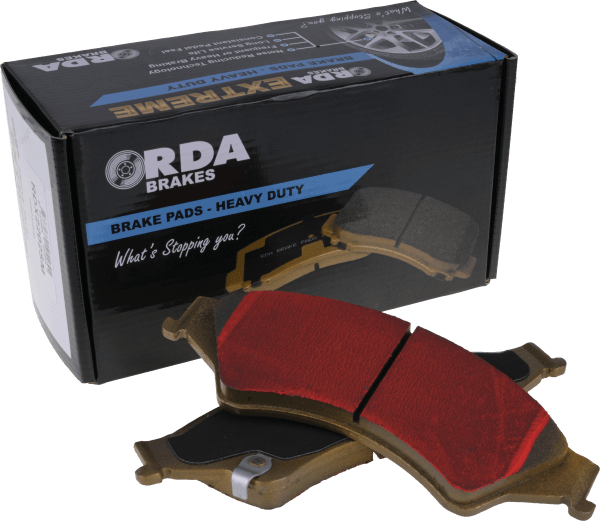The RDA Brake Shoe range has been specially formulated to ensure low noise, low dust and maximum stopping power.
Our wide range covers everything from Alfa to Volvo, including the older vehicles dating back the 1950s.
- Heat tempered
- Direct replacement
- 12 Months or 20,000km warranty
- Anti-rust corrosion resistant coating
How often should brake shoes be replaced?
A routine maintenance check on brake shoes is crucial to ensure consistent stopping power. Most vehicles recommend a service interval of every 20,000 to 30,000 kilometres or once a year, although checking earlier can prevent bigger problems. Drivers should look for worn friction material, excessive dust, or scoring on their brake shoes, especially if the car feels less responsive under brakes. Overlooking worn brake shoes risks longer stopping distances and potential damage. Staying proactive keeps overall costs lower and preserves road safety, so proper attention ensures you replace them exactly when required.
What are the signs of a worn brake shoe?
Early symptoms of failing brake shoes include screeching noises, reduced pedal feel, and longer stopping distances. Inspecting friction material thickness can reveal if a single shoe has become dangerously thin. Unlike disc systems, drum brake shoes may also show irregular wear patterns or scorching if heat builds excessively. A spongy pedal often signals compromised brake performance. Prompt replacement is vital for safe driving, as ignoring warning signs risks damage to other components. Regular checks help ensure consistent stopping power and prevent potential road hazards.
Can I drive a car with worn brake shoes?
Attempting to operate a car or any vehicle with compromised shoes jeopardises both control and safety. As friction surfaces wear down, you might notice screeching or grinding that signals urgent attention. Failing to address these issues can harm other components of your car, including brake pads if the system is mixed. Safe motoring relies on timely repair, so continuing to drive risks more costly fixes and potential accidents. Most auto service experts advise examining each wheel assembly, especially the tyre area, for uneven wear. Prompt service and repair avoids further trouble and preserves overall braking performance.
How can I extend the life of my brake shoes?
Regular servicing and mindful driving preserve drum components and maximise friction material longevity. Simple measures include flushing old brake fluid, ensuring the system is free of contaminants, and checking tyres for proper inflation. When performing any adjustments, using quality tools and having a comprehensive kit on hand streamlines the process. Some drivers find scheduled upkeep intervals helpful, which can include replenishing essential oil or lubricant. Avoiding abrupt stops and heavy loads also reduces stress. Well-chosen kits and professional inspections promote smoother braking, consistent performance, and fewer unplanned replacements.
Related Products

RDA Brakes Extreme Brake Pads are a heavy duty copper free, dense semi metallic pad designed specifically for frequent or…